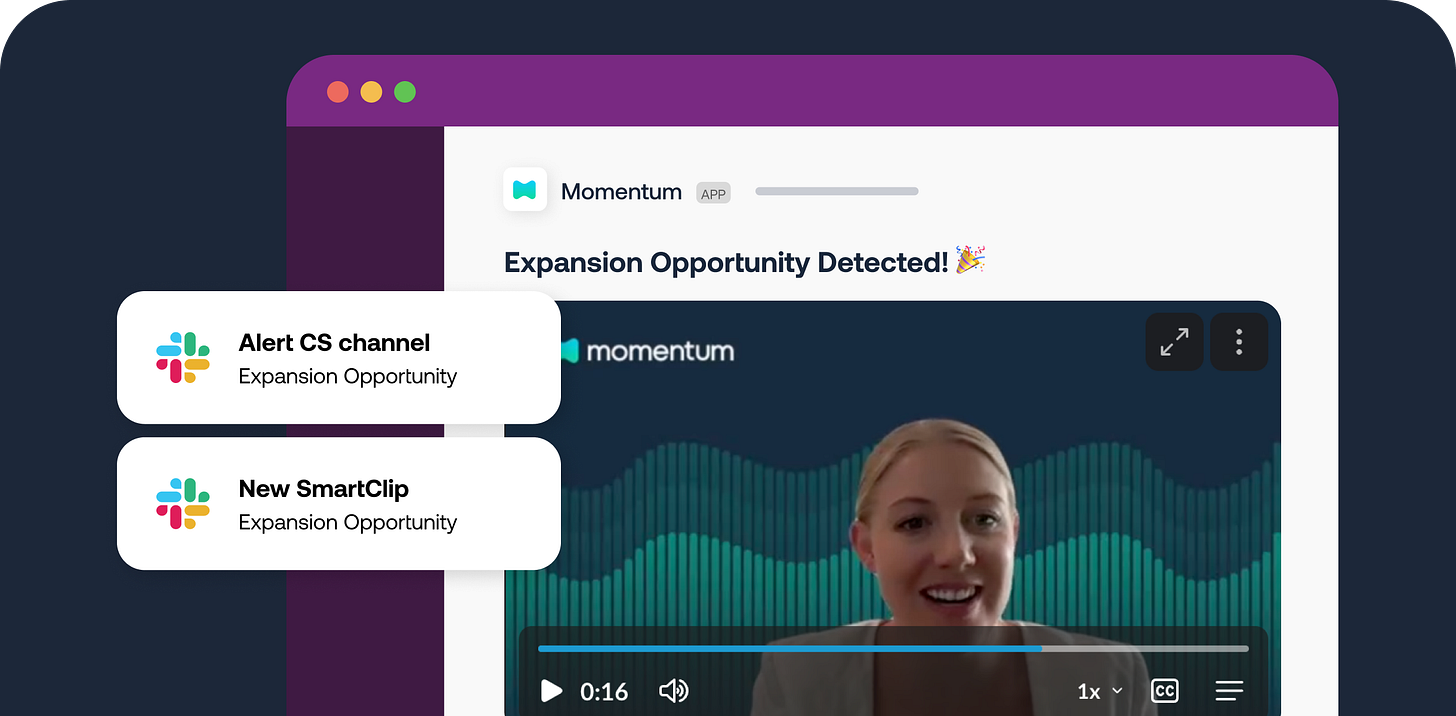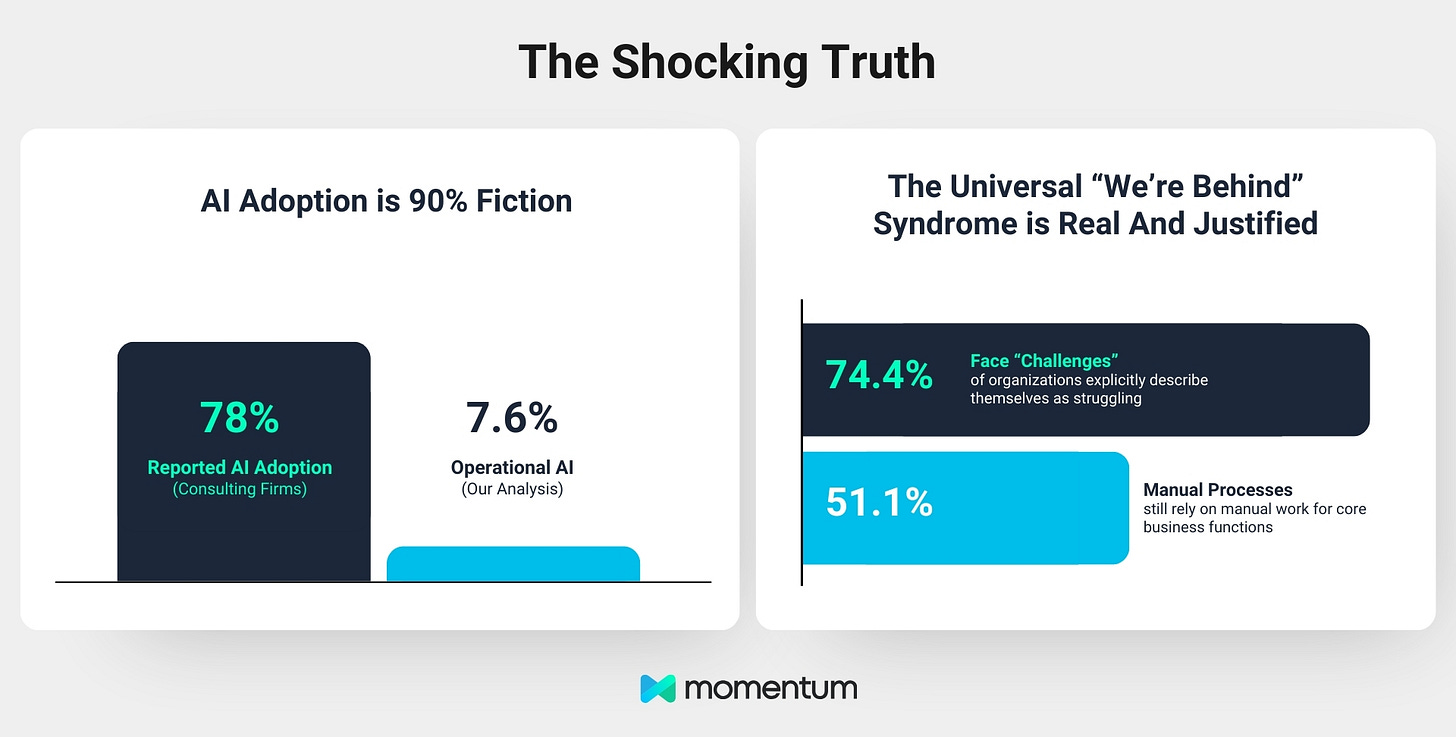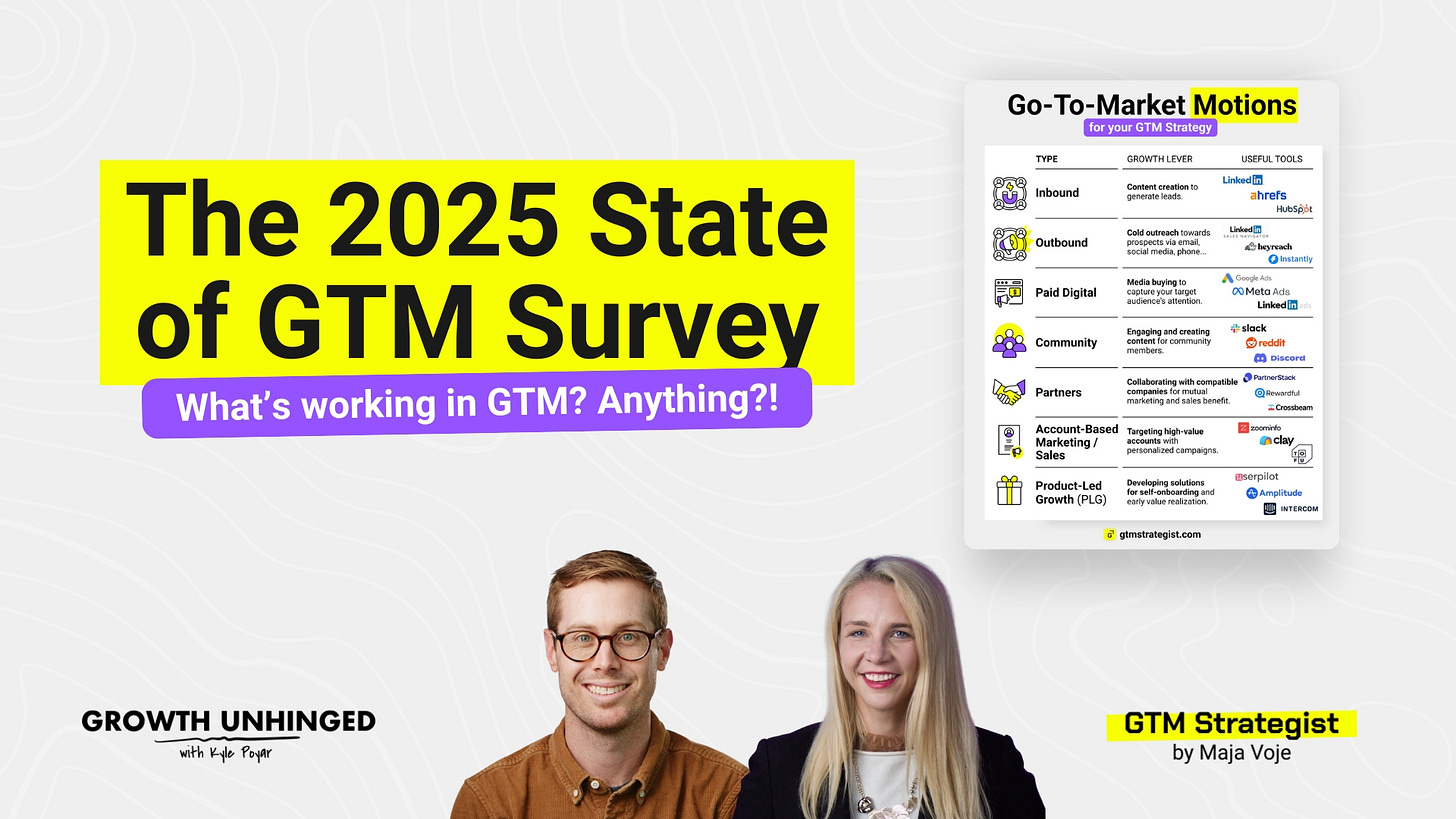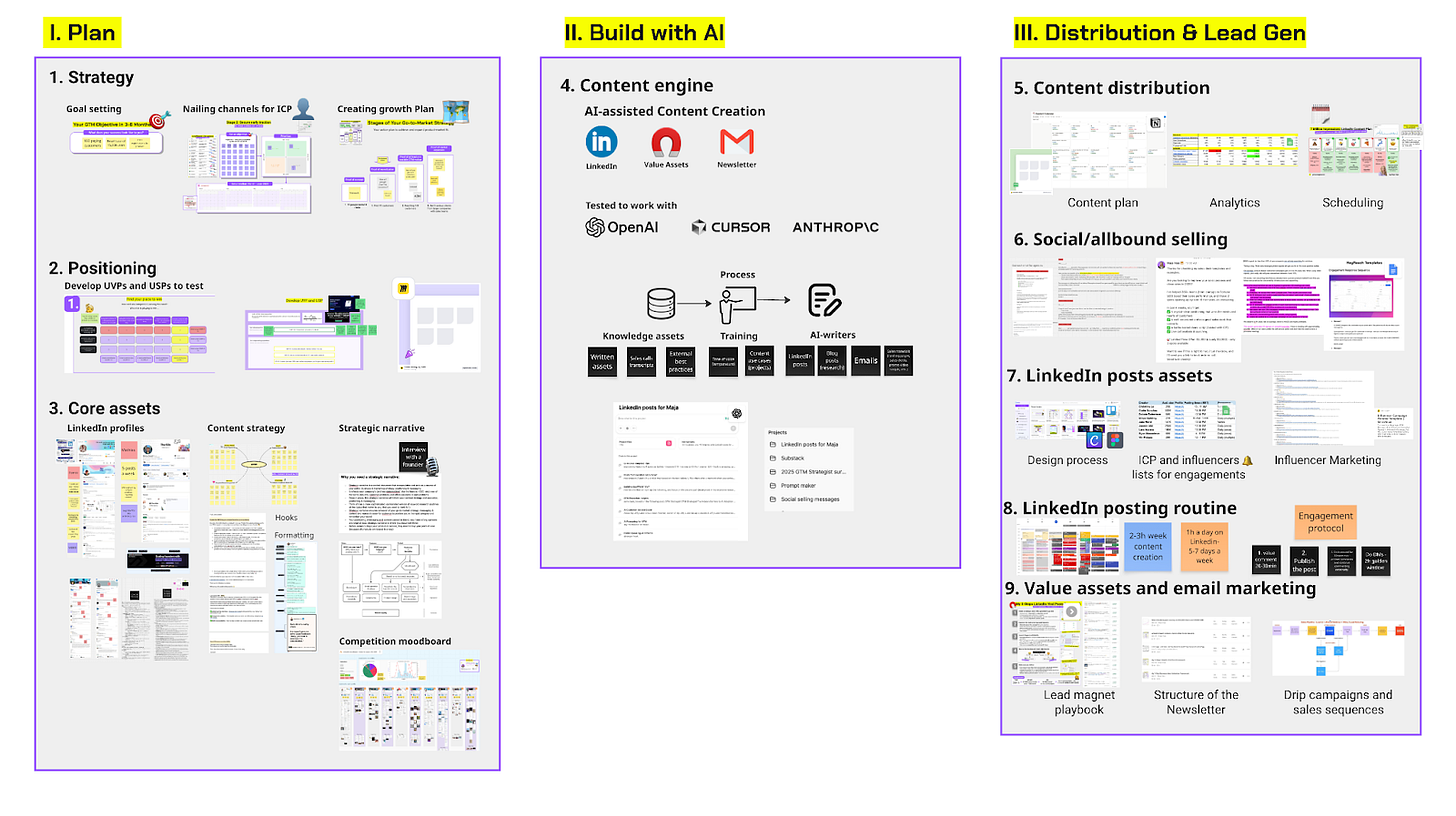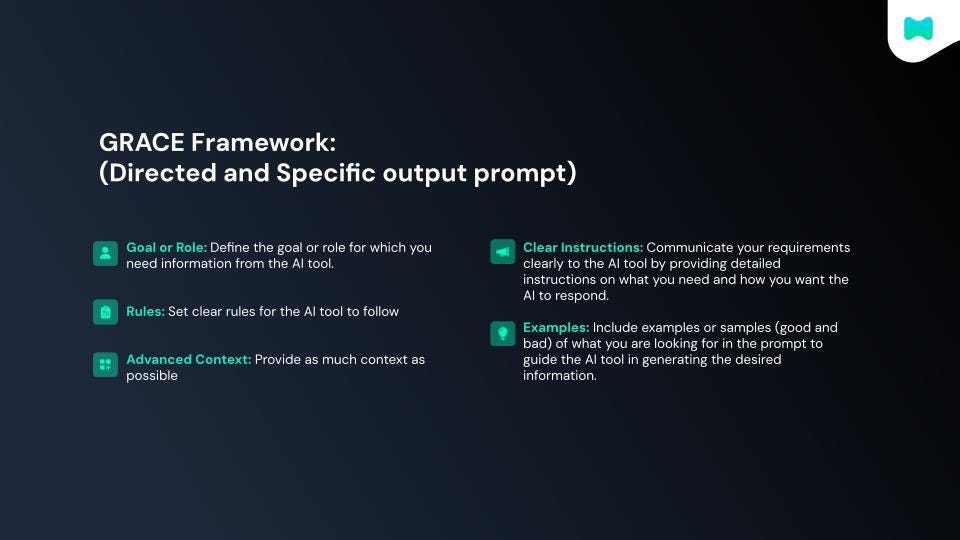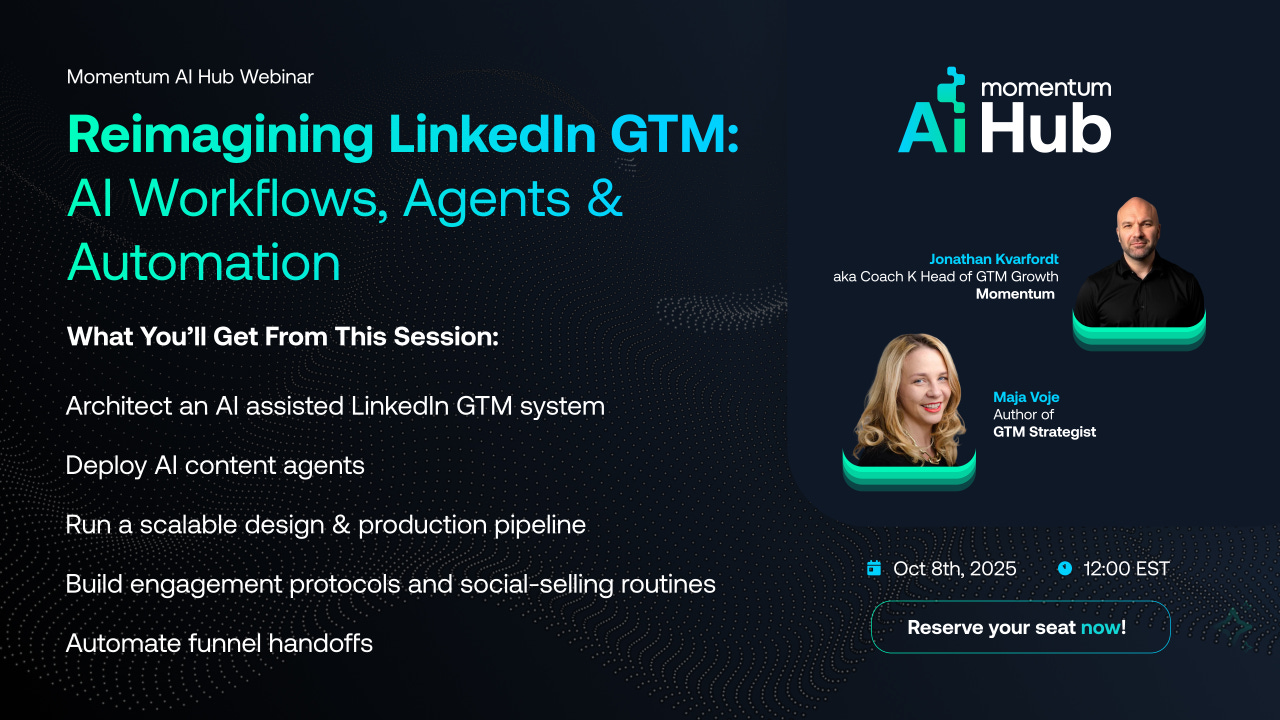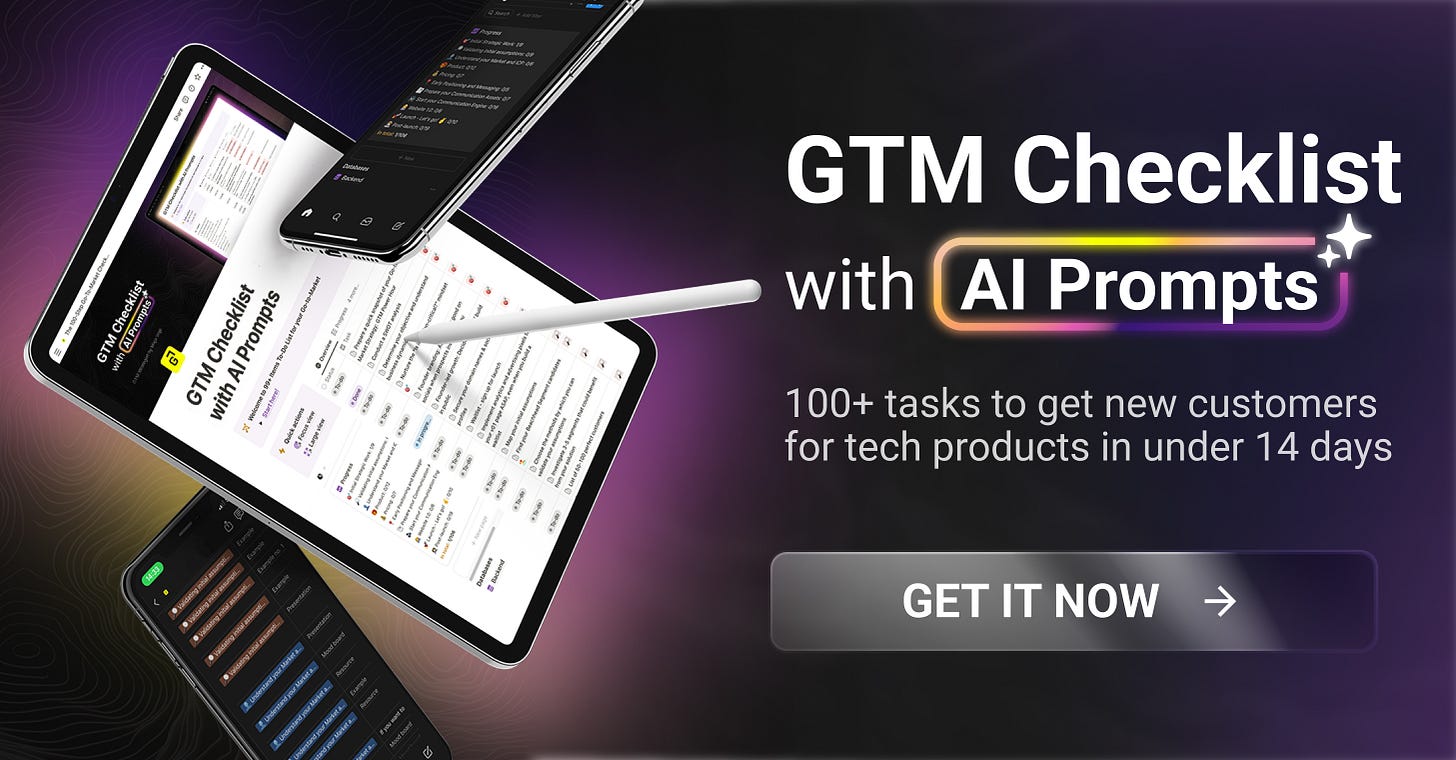From AI Hype to Real GTM Impact: Start with Workflows
Breaking down the hype vs. the hard truths of AI adoption—and where humans still hold the edge
Dear GTM Strategist,
Whenever I see tiny teams from AI-native companies breaking all the traction records, I get both afraid and very excited.
It was normal for a SaaS company to take 12-24 months to secure Product-Market Fit.
According to AI-native hypergrowers such as Lovable, Cursor, OpenAI, and ElevenLabs, is the “new normal” reaching $100M ARR in <2 years?
That makes me think:
What is the role of carbon vs. artificial intelligence in modern-day GTM?
On this newsletter adventure, we will:
Investigate a conspiracy theory if 90% of the reported AI adoption is fiction to feel a tiny bit better about ourselves 🤠
IMPORTANT: I’ll invite you to pitch in the State of GTM Motions survey 📈 (link) we are doing with Kyle Poyar (Growth Unhinged Substack), so that we can share the most up-to-date State of AI GTM data with you in October
I’ll explain to you how I am implementing automations, AI workflows, and AI agents in my workflows and invite you to a free webinar where I can take you to the nitty-gritty of my AI-assisted inbound process
My partner Jonathan K. Kvarfordt, Head of GTM at Momentum, coined a new prompting framework for AI agents - GRACE 👼, that works like a charm with GPT-5 💎
I’ll give you my best guess at what the role of humans is in modern GTM, and you can argue with me in the comments 😼
Although this newsletter is more loosely structured than most, it should provide significant value on how to holistically and realistically integrate AI into your GTM, ensuring we remain relevant and potentially create a defensible GTM Moat with our AI-supercharged workflows.
This newsletter is sponsored by Momentum - and they recently launched Smart Clips.
Stop scrubbing calls. Start sharing what wins.
Turn deal-winning call moments into instant, shareable video highlights.
Your best call moments don’t live and die on a single recording. They become reusable assets for coaching, onboarding, competitive intelligence, and deal acceleration without adding more work to anyone’s plate.
AI GTM - a little bit less conversation, a little more action, please!
Viral LinkedIn posts of how CEOs are bragging about how they’ve fired 50-90% of their sales, marketing, and support departments and replaced them with AI…
Vs.
“FUD - Fear, Uncertainty, Doubt.” Studies have shown that 95% of AI pilots fail.
Vs.
Consulting firms reporting that 78% of companies are advanced AI users (and selling their transformation services to others).
How to make sense out of all these contradictory statements that are popping out faster than ever? You and I probably agree that AI is here to stay, but my personal experience in GTM is that there is a lot of talk about it, and usually very little to show. And I don’t seem to be the only one thinking so.
Momentum, an AI RevOps orchestration platform, analyzed over 1,000 calls from their prospects (SMBs and enterprises alike) in the last 6 months across 150+ industries. Remember - those companies are EARLY adopters of enterprise AI, not some dinosaurs that are only now catching up with cloud computing. Based on analysis of actual sales conversations (not self-evaluation surveys where everybody wants to look cool), they concluded that:
60% of companies are still doing lots of manual work that could be done with mainstream AI (lagging in adoption of AI based on what technology can do ATM),
29% have started to use AI, but as fragmented projects,
Only 11% have advanced, orchestrated AI implementations that support end-to-end workflows, enabling AI agents to utilize artificial intelligence for decision-making.
More insights from Momentum’s survey on how companies are adopting AI in 2025 will be available in their next report - I’ll share it in GTM Strategist as well.
Fun fact: these days, the final stage is called agentic AI agents :) - because the term AI agents is often used to describe standard automations that can be achieved with tools like Zapier at significantly lower cost - essentially, people building agents for the sake of building agents 🤷 oh, well.
And yeah - that made us think that 90% of AI adoption is fiction.
So if you feel like you’re behind, you kind of are based on what technology can do ATM.
But good news - so is almost everyone else 😅, so let’s catch up really fast.
The challenge isn’t adopting “any AI.”
The challenge lies in adopting AI that delivers tangible benefits and positive ROI to your business.
And I believe the best place to start is by re-visioning workflows in validated GTM Motions (predictable and scalable ways to get customers).
Kyle and I need YOUR Input: GTM Motions & AI adoption - Where are we really at?
By now, I do not know a single working person who does not use AI.
Last week, OpenAI & Harvard researchers published a massive study that beautifully illustrated what Ruben Hassid has brilliantly described as
The Big Three use cases of ChatGPT (≈80% of all chats):
Practical Guidance (how-to, tutoring, creative ideation)
Seeking Information (search-like queries)
Writing (drafting + editing).
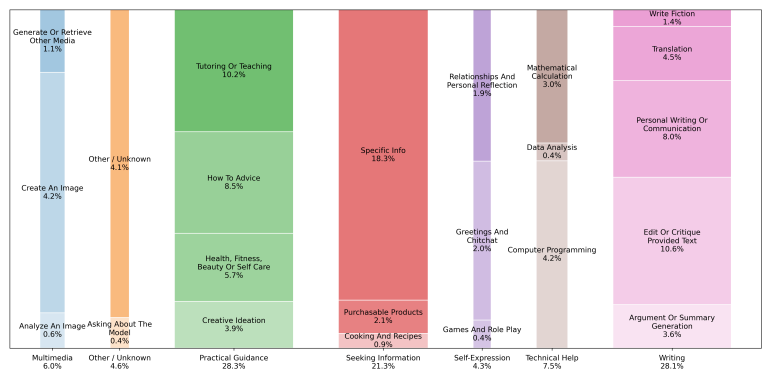
Even my 60-year-old mother, who works as a student manager at a university, uses ChatGPT. When she got a new phone, one of the first apps she wanted to transfer was “artificial intelligence,” aka ChatGPT. At that moment, it became crystal clear to me that we have reached an early majority.
As ChatGPT/Claude/your favorite AI model becomes a modern-day browser, personal assistant, confidant, document management system, and editor/proofreader, we have to tackle AI-empowerment of GTM motions a bit differently.
By now, every GTM motion has undergone a significant transformation over the last year and a half, incorporating at least some AI-enabled tools, workflows of even opportunities to implement AI agents and multi-agentic workflows.
While it is more likely that you are getting a message from an AI than a human you don’t know in the outbound arena, where practically all the mainstream vendors have adopted at least some AI capacities and companies are testing 1000s of AI generated or assisted ads creative daily, GTM motions include more human components that are changing at a slightly slower pace - but they are changing.
But I might live in my special AI-loving-bubble 🫧 here, and to be able to serve you more accurately insights into the future - I need your help!
Kyle Poyar and I joined forces to work together on the GTM Motions 2025 Survey.
We are aiming to collect >2000 responses that will get us great insights on:
What is changing and what is not changing in GTM with AI
What is working and what is not
What are the top tools
How are 2026 GTM prospects looking globally?
So we can prepare a holistic, well-researched report on the topic.
We REALLY need you in our corner for this, so please feel free to share the link to the survey on your social media, newsletters, or directly with your colleagues and other GTM practitioners who are crafting the future of AI GTM.
Huge thanks, friends 🙏
Implementing AI to GTM Motions? Think Workflow first.
One of the first GTM motions that I’ve strategically wanted to elevate with AI was Inbound.
Why? Because we spend 30+hours a week there with the team, and it still accounts for 70+% of our pipeline.
So yeah, instead of playing around with “random tools” and vibe-coding “dog name generators”, I wanted to make a measurable impact on a workflow that is already well established and mature in my business.
This was the process I used for elevating my LinkedIn process:
List all the processes, tools, activities, responsibilities, and time spent there
Identify the bottlenecks - where are we spending most time or marginal impact (candidates for automation)
Study where automations will do the job and where are the strategic opportunities for implementing AI - aka agents in the workflow
Redefine the workflow using opportunities to implement AI
Prioritize implementation opportunities based on effort-impact
Make sure you have good data sources - garbage in, garbage exponentially out when it comes to AI
Sharpen the prompting skills of my team and generate hands-on examples of what “great looks like”
Select the tools and do test implementations - we tested 8 tools to select 3 to include in our ongoing processes
Test in control environments to make sure it works
Tweak, scale and present to clients and partners.
All in all, I use 3 custom AI writing assistants, 4 automation custom scripts, a “team” of 7 AI agents + 5 tools to support this process.
After the implementation, we managed to reduce the time spent on our “content and adjacent work” to 17h/week, and the pipeline got “better”.
I will not throw around random numbers like “This is a 2M ARR workflow run by 7 agents”. This is a process that took years to build and perfect. Now it is supported with AI - but it still takes a significant amount of human input and strategic thinking muscles.
I am blessed to work with some of the best companies in my career and fantastic AI-first startups and scaleups with so much potential. I have never been happier with the type of work I do.
Some agents that we benefit the most from:
Research agents - search for best practices of influencers on LinkedIn to create design moodboards and train AI writers
“ICP fit” agent + social selling ideas - helps us extract selling signals from social media posts, analyzes accounts and plans the best way to start the conversation with them
LinkedIn writing coach - that analyzes my results, benchmarks them against best practices and gives me hands-on recommendations on how to improve
But even the best agent breaks down without clear prompts.
Head of GTM at Momentum and self-identified prompting geek, Jonathan “Coach K” Kvarfordt, teaches the GRACE framework:
G – Goal or Role: What outcome do you want? Who should the AI “be” (finance analyst, McKinsey consultant)?
R – Rules: Clear rules and boundaries.
A – Advanced Context: What’s happening in your system/business? The more background context, the better.
C – Clear Instructions: Tell AI what you want in a sequence of steps.
E – Examples: Show what “good” looks like (and what “bad” looks like).
I applied it to my work too, and it works like a charm, especially with GPT-5.
Most failures come from missing context or missing examples.
Get those right, and hallucinations drop dramatically. 👌
Uf - running out of space here and so much more to tell and show you …
How about this:
Join Jonathan and me at the Momentum AI Hub webinar on Oct 8th, 2025, at 12:00 EST.
FREE online and we’ll show you how we do it IRL.
So, where does our “Carbon Intelligence” fit in this AI-first GTM Motion world
As we discuss the changes in GTM, Jeff Bezos suggests we ask ourselves what will remain unchanged.
Every trend has an anti-trend, and here is my best guess of what that might be for AI-enabled-everything in GTM.
As long as humans continue to interact with one another, trust, intimacy, genuine human connections, empathy, and other “softer skills” will inevitably become more valuable.
The other thing that will not change is stakeholder management 🙂 - as long as humans work with humans, this skill will become more valuable than ever. I like to joke with my teams - no AI is smart or stupid enough to replace stakeholder management.
Last but not least - we humans are the architects of AI workflows and implementations, so even if we enter the “future” where my buying agent will transact with your seller agent without us ever meeting, these agents would be trained on our knowledge assets, so in a way, they would be partially like us.
To keep these conversations more hands-on - utilize AI for what it is excellent at - double down on strategically bridging the gaps where it fails and on what it was not designed to do by default.
As Ben Williams (PLGeek), put it in The New Growth PM Playbook: What AI Can’t Replace:
“AI excels at pattern recognition, synthesis, and suggestion—it can clean data, draft onboarding copy, cluster feedback, and generate test ideas faster than humans ever could. But defining the right problems, making strategic trade-offs, and building trust across teams remain deeply human responsibilities. The edge for growth leaders in an AI-first GTM world is not competing with AI on execution, but doubling down on judgment, influence, storytelling, and empathy. In other words: let AI automate the busywork, so you can focus on the higher-order skills that move markets and build trust.”
But most importantly - run towards your fears.
Learn it. Prototype with it. See if it can help you.
Who knows - maybe you will end up finding a lot of value and have fun with it.
But keep your critical thinking and security awareness intact.
My rule of thumb is: if I wouldn’t send a file to a friend, I won’t upload it to ChatGPT.
What is yours?
📘 New to GTM? Learn fundamentals. Get my best-selling GTM Strategist book that helped 9,500+ companies to go to market with confidence - frameworks and online course included.
✅ Need ready-to-use GTM assets and AI prompts? Get the 100-Step GTM Checklist with proven website templates, sales decks, landing pages, outbound sequences, LinkedIn post frameworks, email sequences, and 20+ workshops you can immediately run with your team.
🏅 Are you in charge of GTM and responsible for leading others? Grab the GTM Masterclass (6 hours of training, end-to-end GTM explained on examples, guided workshops) to get your team up and running in no time.
🤝 Want to work together? ⏩ Check out the options and let me know how we can join forces.





